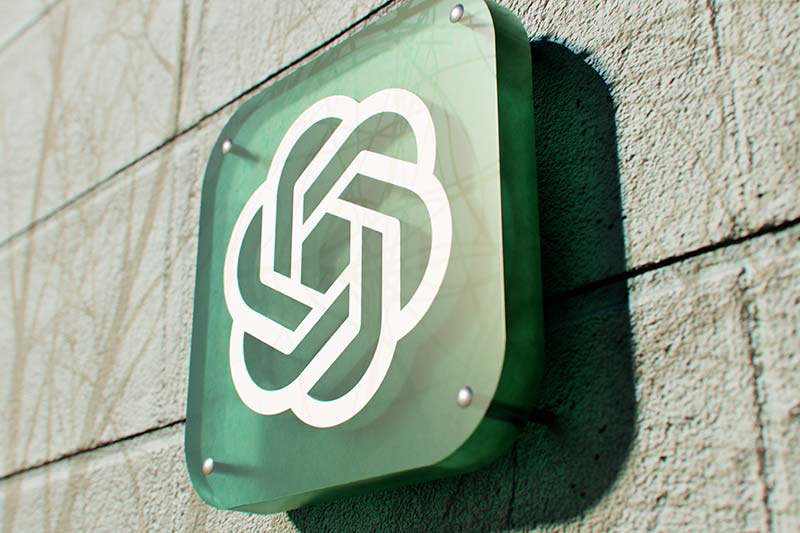Beat Inflation With This Hedge Fund Trick for Higher Returns
Alpesh Patel|October 25, 2022
Here’s something surprising…
When I’ve raised capital as a hedge fund manager, the thing I’ve been asked about the most is not my fund’s performance.
No, what the family offices, pension funds and high net worth investors want to know about is a certain little-known number.
This metric is just as important for stocks as it is for hedge funds. It tells you more about a stock than performance alone can.
If you want to find stocks that have the potential to give you good returns and have a low risk of missing those returns…
If you want to give your portfolio a chance to beat inflation back…
If you want to know which stocks to stay away from…
Then you need to see this indicator.
Get all the details in my latest video. Click on the image below to watch it.
Note: Sortino isn’t the only metric I use to find stocks with the potential to outperform. When you add in my No. 1 indicator, it could be possible to turn this year’s losses into windfalls. Click here for more details.
Transcript
Hi everyone. I’m going to tell you about one of my favorite little-known indicators.
As a hedge fund manager, when you’re raising capital, the thing you are asked about the most by family offices, by pension funds that invest in you and by high net worth investors is not actually your performance.
This might come as a surprise, but it’s actually your Sortino ratio. And that’s what I’m going to talk about today.
It’s important because we use it not just when we’re raising capital as a hedge fund but also when we’re picking stocks. It tells me more about a stock’s performance and risk than performance alone can.
There’s a lot of data out there about which way companies are moving, the direction they’re moving in their market cap and how volatile they are.
So what is this Sortino ratio?
Think about an American football game. Think about two quarterbacks. Say one quarterback on one team is guaranteed every single game to get five touchdowns. Just assume he can every game – five touchdowns no matter what. That’s his average: five touchdowns. On another team, there’s also somebody who’s got an average of five touchdowns. So they both perform the same. They’ve both got the same average of five touchdowns per game.
But what if I told you the first chap, as I said, every game is guaranteed exactly five touchdowns. But the other chap, even though his average is also five touchdowns, some games he gets 10, some games he gets none. Now, I know 10 touchdowns is a bit much, but just bear with me.
So they’ve both got the same average. They’ve both got the same performance, in other words, except one is consistently at five, while the other one – with the same average of five touchdowns – sometimes in a game might get 10, sometimes might zero. But there’s a big dispersion.
And that’s what risk and reward is about, and that’s what the Sortino is about. You see, you can have an average of five, but what if sometimes you get 10 and sometimes you get zero? Well, that volatility is another word for risk. It is the risk of missing your average.
That’s what we mean by risk. Now, of course, the average is not guaranteed. The past is not a guarantee of the future. But if we were just for a second to assume that whatever my long-term average is as a hedge fund manager – or as a stock – my average return is this (see visual), and this (see visual) is the risk of missing it. And you can see there’s downside volatility and upside volatility.
But wait a minute, the sharper ones amongst you will note… You’ll say, “I don’t mind upside volatility. I don’t mind missing my average if the miss is to the upside and you perform better than you do on average.”
Of course not. So that’s where the Sortino comes in.
The Sortino doesn’t just tell you what your performance is – that average – but it also tells you, as a number, whether or not you miss it by a lot. In other words, whether you are consistent and are very good at getting that average or whether you are highly likely to miss it to the downside. That’s important to know. Because you could be looking at two companies which last year both performed with maybe a 40% return. But what if one of them is highly unlikely ever to do that again or not likely to do it for a long time? And the other one is likely to do that again and again and again?
That’s where the Sortino comes in.
And what if I told you about a basket of stocks with what we call a high Sortino?
In other words, these stocks are highly likely to give a good reward, a good return, for the risk you are taking. You would want that, wouldn’t you?
And here’s the Sortino formula. Now that looks messy. Portfolio return, risk-free rate, standard deviation of negative returns – that’s the risk of missing it… It’s a clever way of saying average return versus risk of missing it. Reward over risk.
We want the reward to be as high as possible relative to the risk. We actually want the number to be above 1.0. But that’s very rare for stocks. Here’s a list of a whole bunch of stocks with a negative Sortino. We certainly don’t want to be looking at those, do we? Because that means they’re so volatile and risky, and their returns are rubbish. Well, who wants that? And you can see over the last six months, indeed their returns are pretty poor. We ideally want stocks – well, of course – with a Sortino above 1.0, but those stocks are rare.
I’ll be happy if they’ve got a Sortino above 0.3. That’ll be fine for me. However, even a company with a Sortino above 1.0, like a Tesla, doesn’t mean you are guaranteed a positive return. Because over a short space of time, you might still have a negative return.
Why is that? Well, because it provided a high average return over a long period of time, but it might over the last six months have really performed poorly, especially because it’s a very volatile stock. So I tend to avoid the more volatile stocks, and I want as high a Sortino as possible. (Of course, I look at other factors, as you know.)
So what would this look like in the real world? Of course, in the real world we wouldn’t mind a 15% return in the past six months or a 23% return in the last six months.
What does that actually look like?
Well, Eli Lilly, as you can see there, is a company with a rather good Sortino. It’s one of the best. This is what its performance will therefore tend to look like. So just so you can translate that into good performance, it’ll tend to be a company which trends to the upside, as you can see here. It doesn’t mean it goes up all the time. Look, it can have periods where it goes down and still have had a longer-term good Sortino.
Like I said, it’s like the American football player. Just because his average is five touchdowns doesn’t mean there might not be a couple of games where he gets, say, three.
So it’s one of these types of stocks. And that’s what we’re really ideally looking for: a company which is trending upwards, which – as well as other fundamentals that I look for, not just the Sortino – gives me some idea of direction and a good upside if it continues on that trend at a limited downside. That’s what we’re after, good reward to risk.
However, this isn’t my favorite indicator. If you want to know my favorite indicator, there’s a link under the video that’ll tell you more about my favorite indicator.
Thank you all very much.



